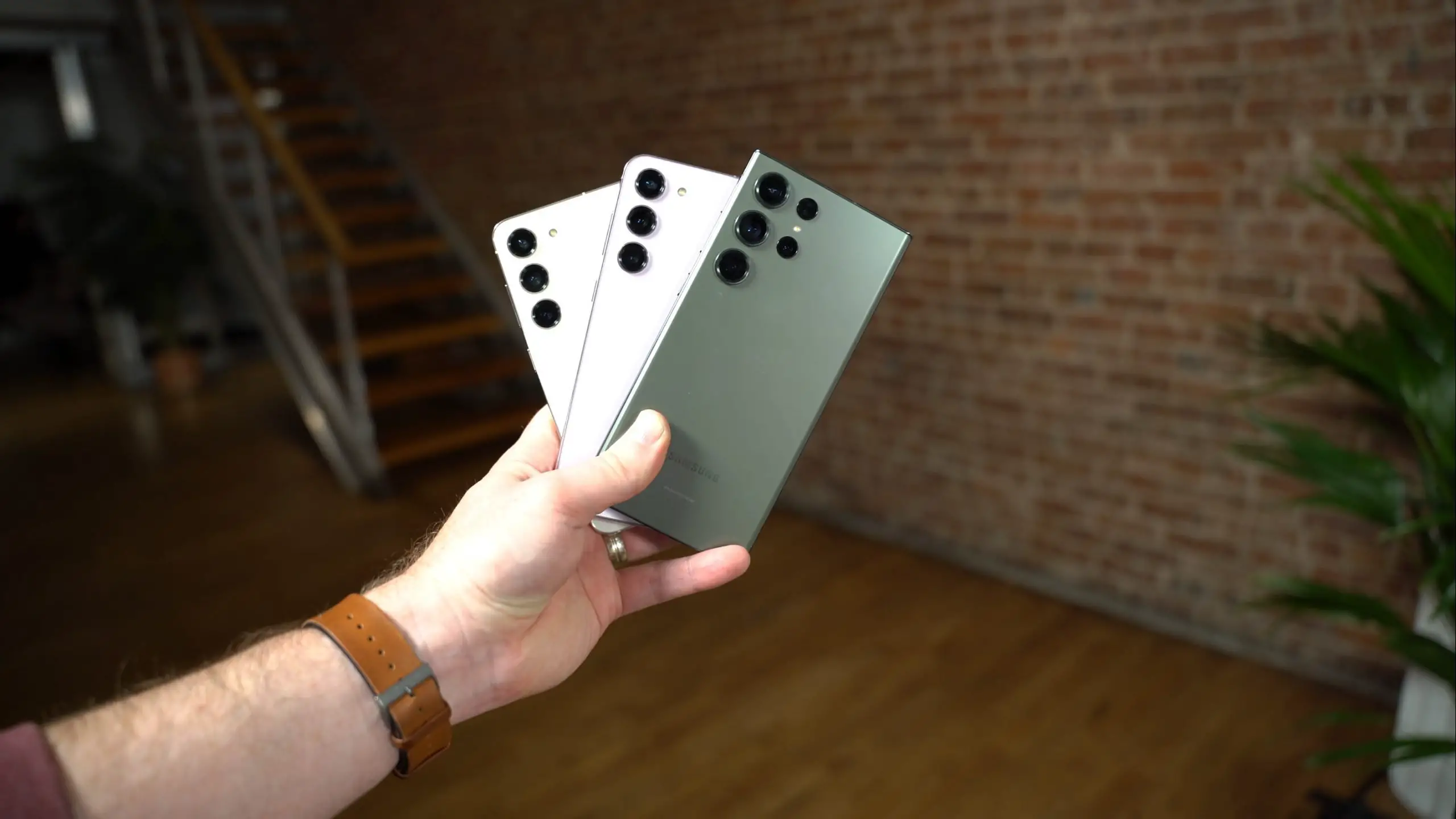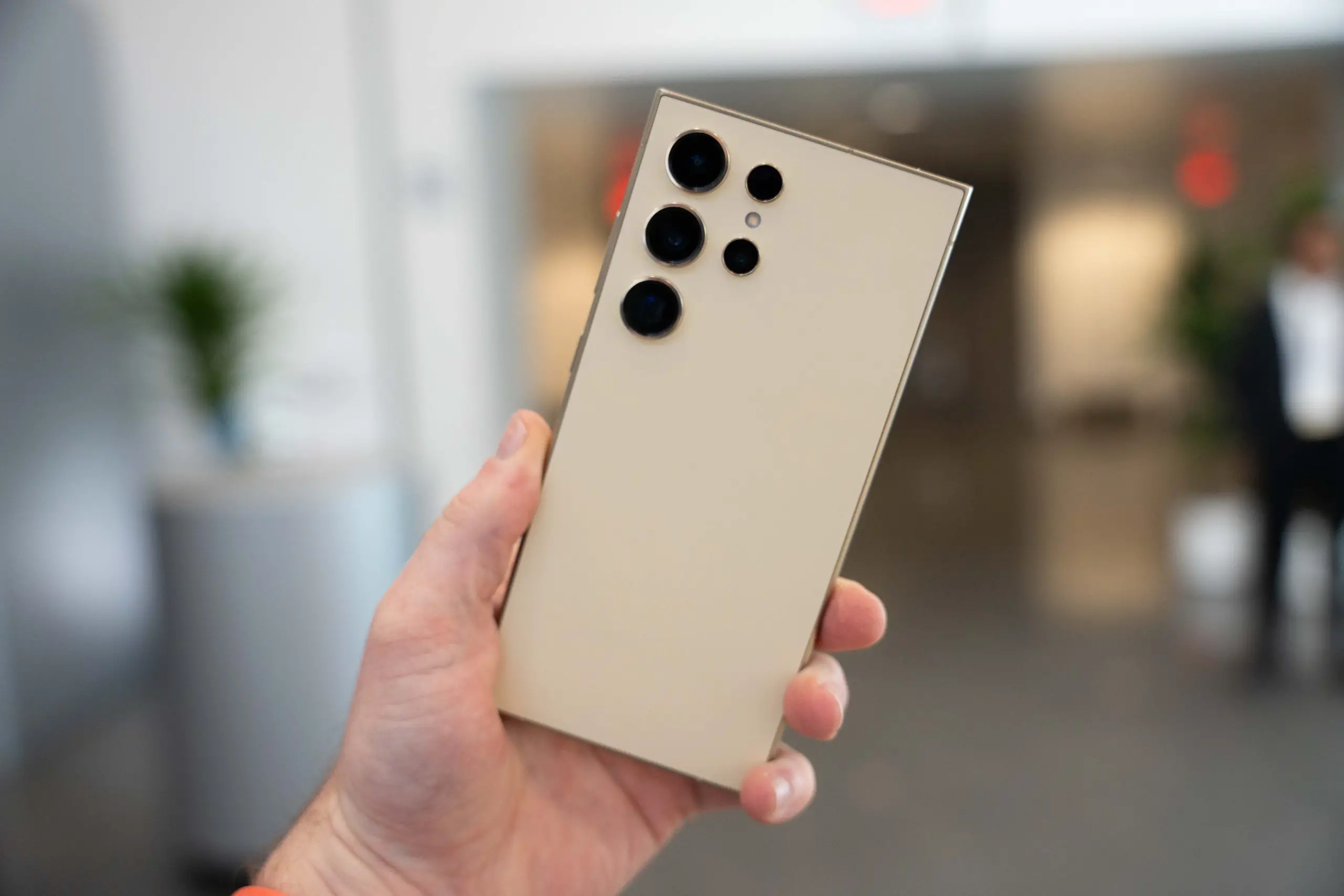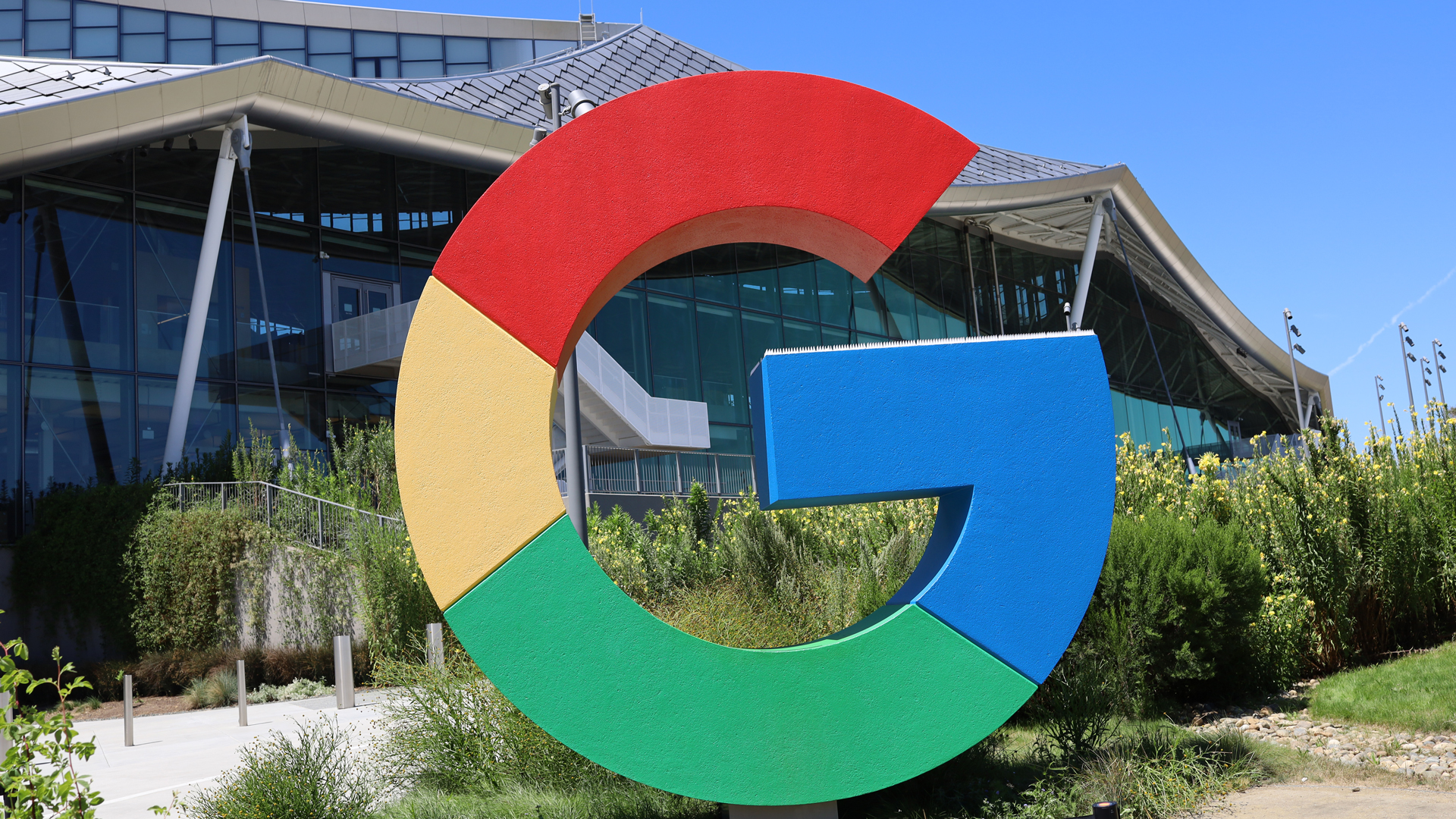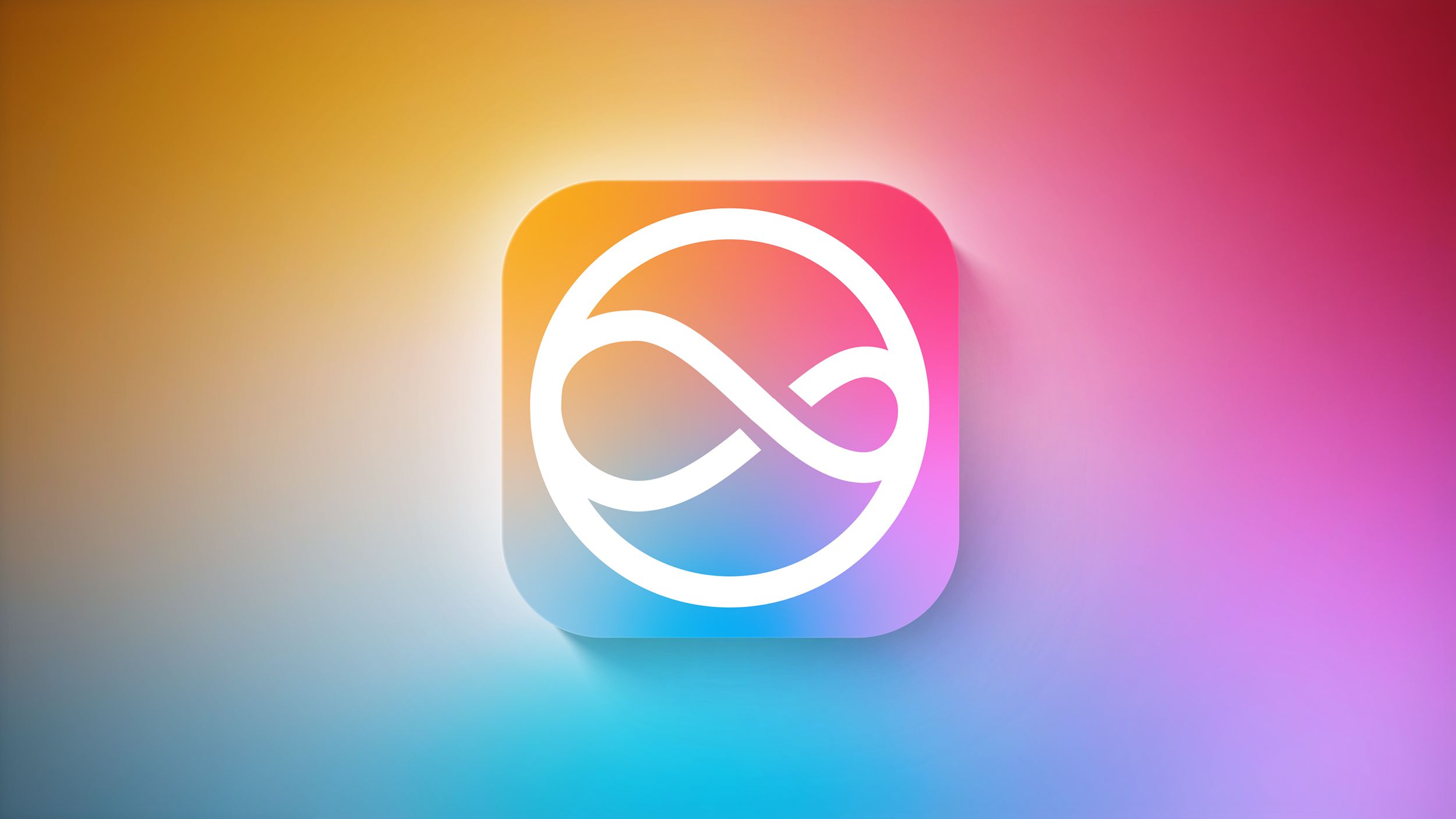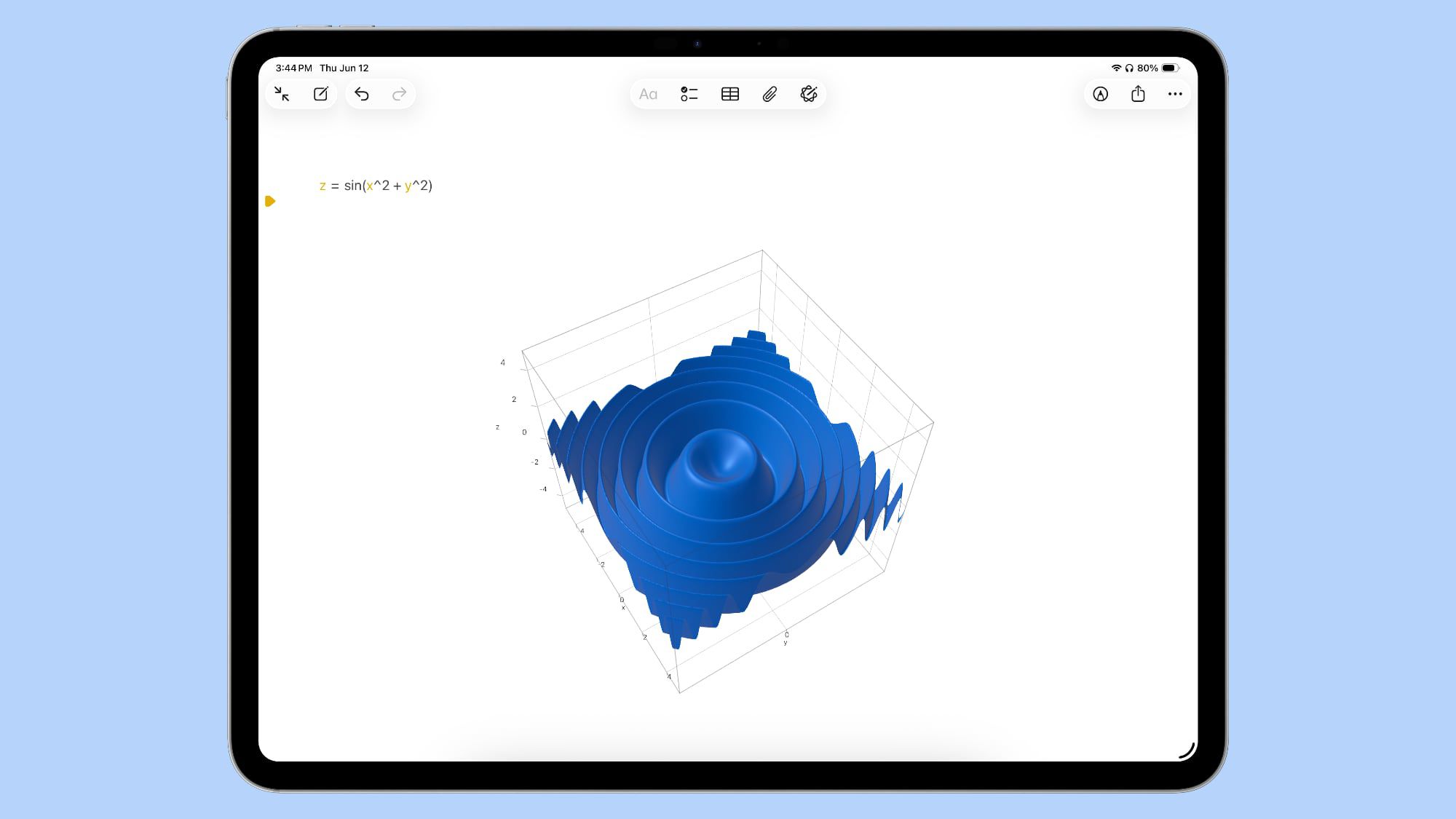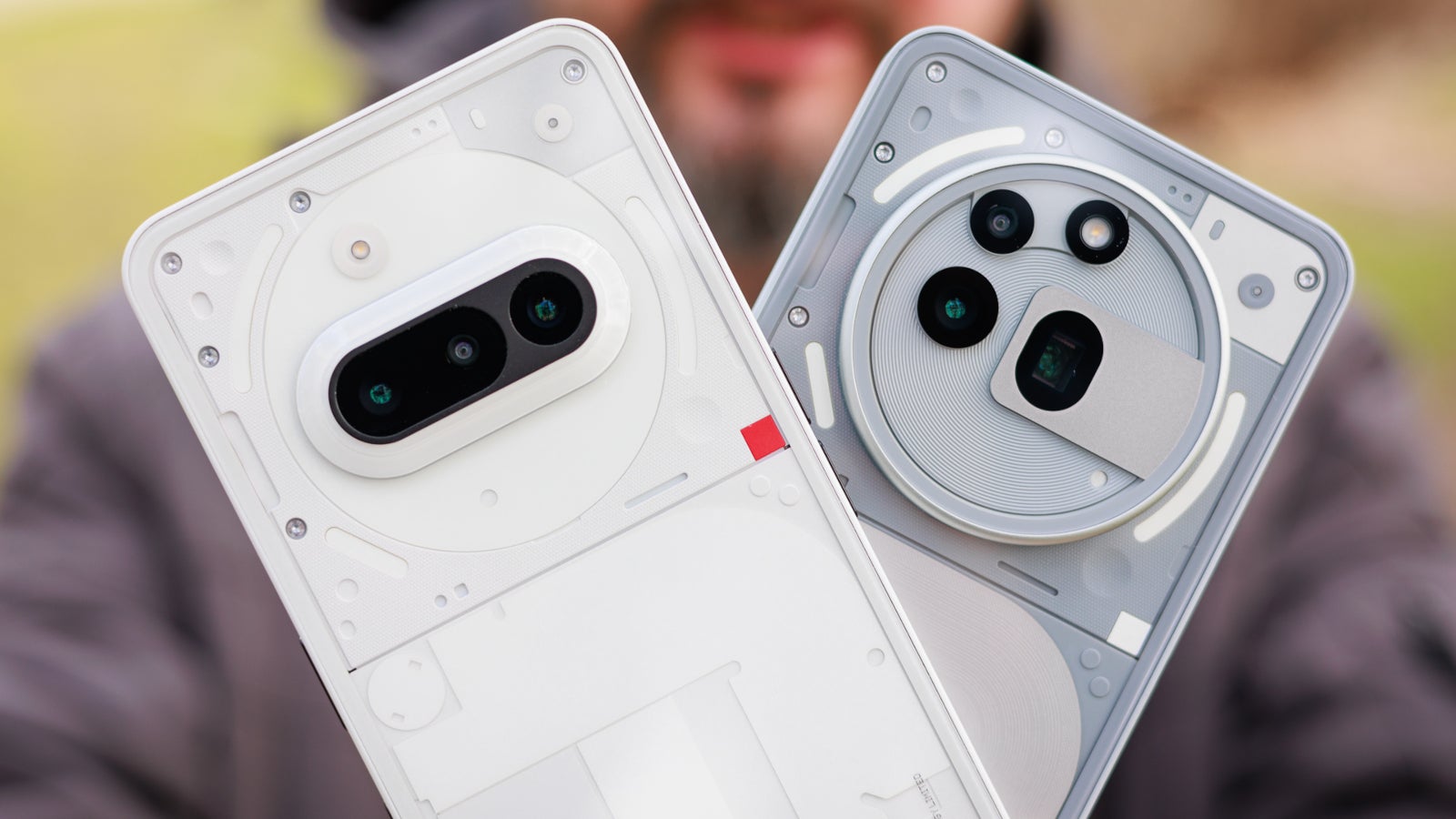Learning the Basics of Astrophotography Editing
Astrophotography isn’t easy. Even with good equipment, simply snapping a picture of the night sky won’t produce anything particularly impressive. You’ll likely just get a black void with a few …read more


Astrophotography isn’t easy. Even with good equipment, simply snapping a picture of the night sky won’t produce anything particularly impressive. You’ll likely just get a black void with a few pinpricks of light for your troubles. It takes some editing magic to create stunning images of the cosmos, and luckily [Karl Perera] has a guide to help get you started.
The guide demonstrates a number of editing techniques specifically geared to bring the extremely dim lights of the stars into view, using Photoshop and additionally a free software tool called Siril specifically designed for astrophotograpy needs. The first step on an image is to “stretch” it, essentially expanding the histogram by increasing the image’s contrast. A second technique called curve adjustment performs a similar procedure for smaller parts of the image. A number of other processes are performed as well, which reduce noise, sharpen details, and make sure the image is polished.
While the guide does show some features of non-free software like Photoshop, it’s not too hard to extrapolate these tasks into free software like Gimp. It’s an excellent primer for bringing out the best of your astrophotography skills once the pictures have been captured, though. And although astrophotography itself might have a reputation as being incredibly expensive just to capture those pictures in the first place, it can be much more accessible by using this Pi-based setup as a starting point.






















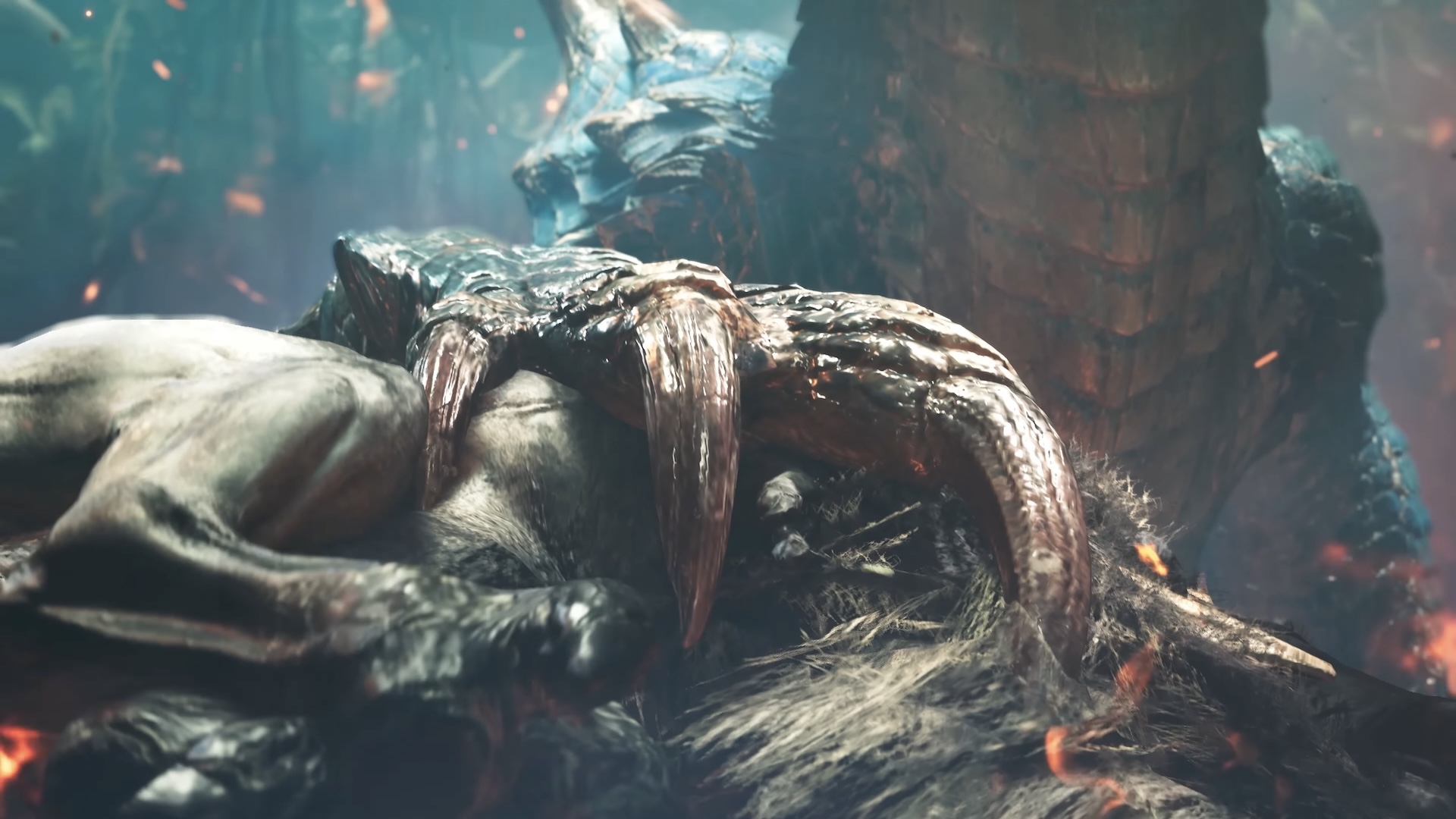








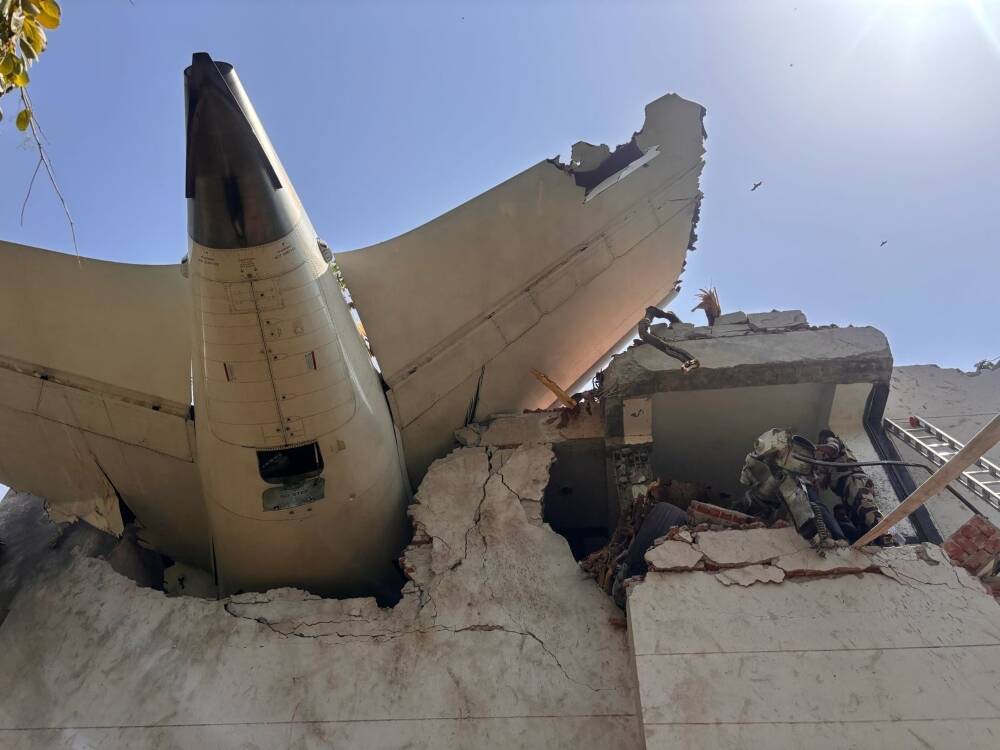







































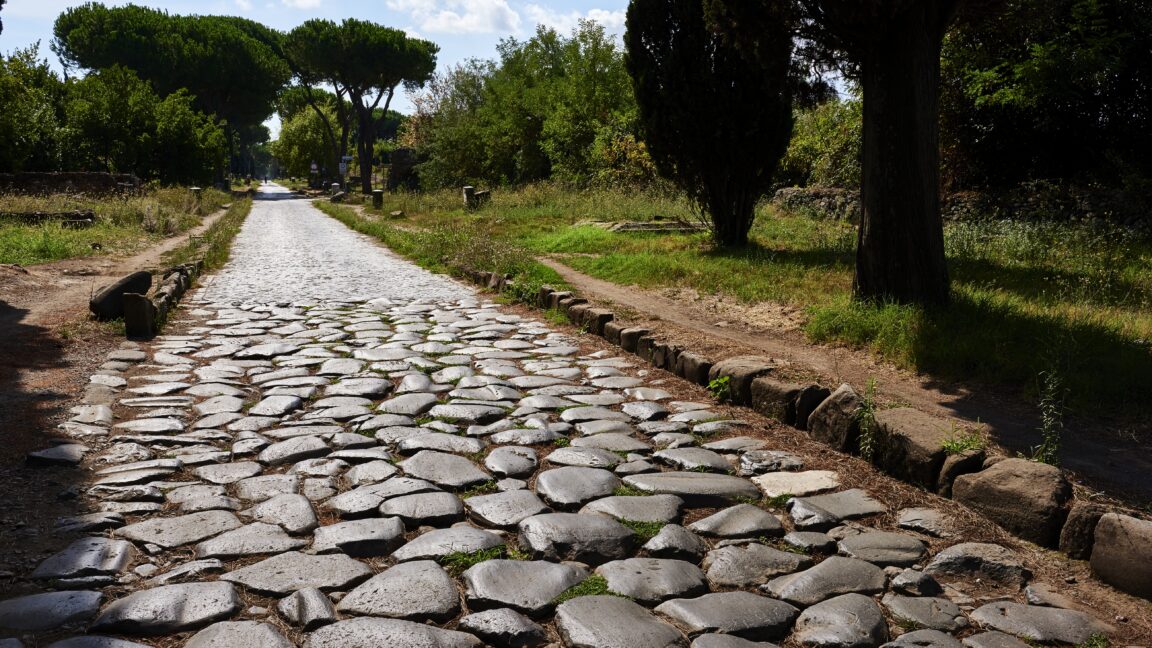














































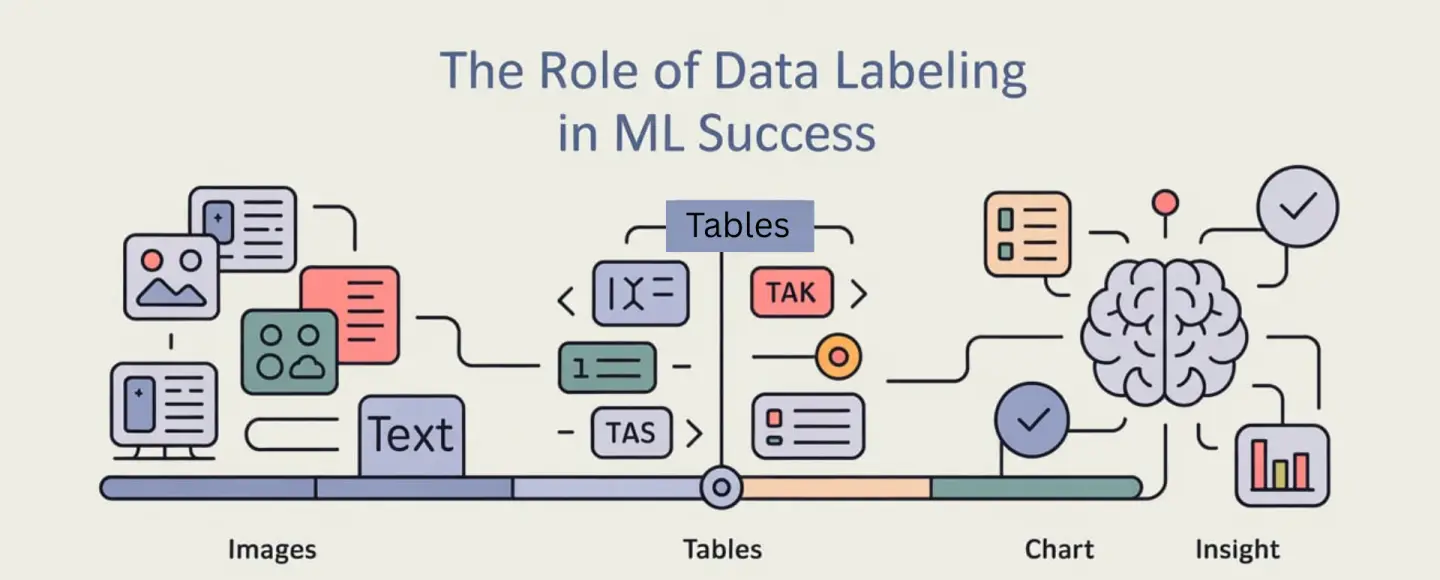
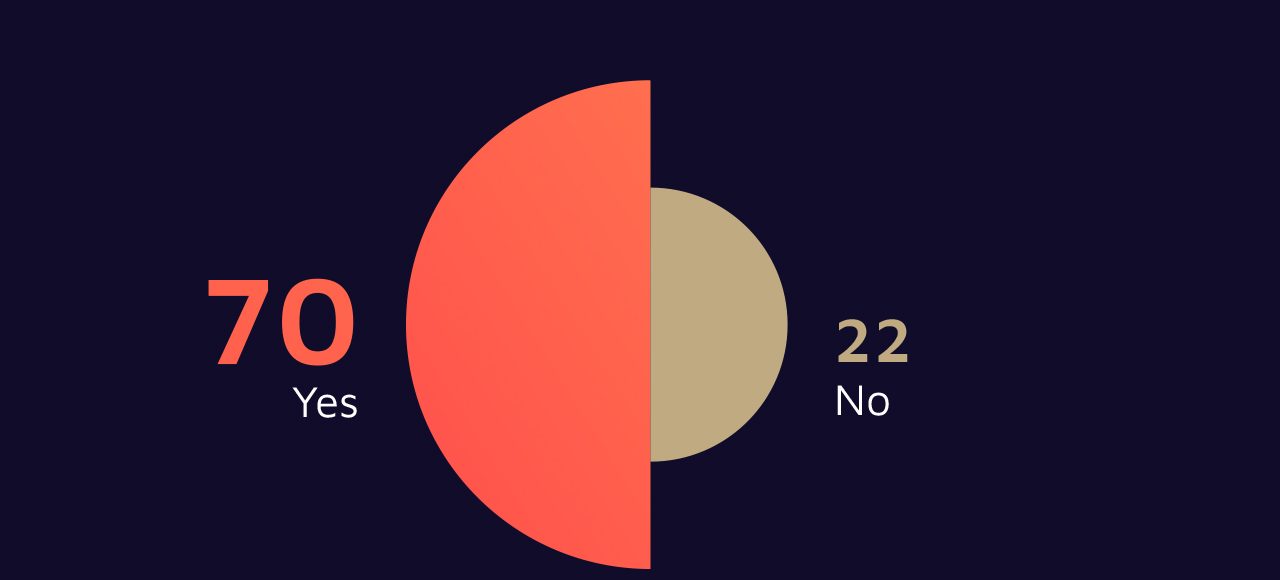
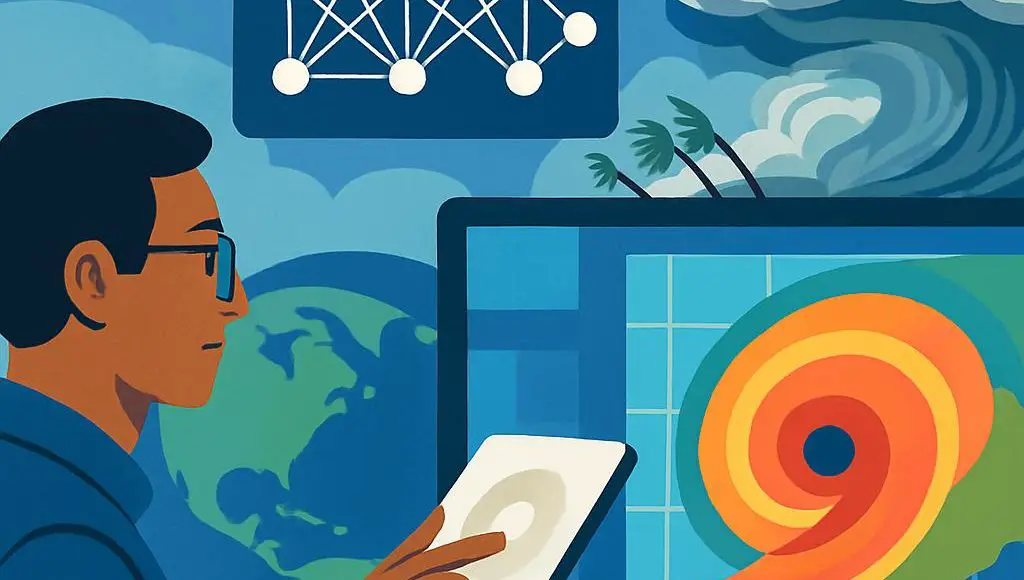
























































![[The AI Show Episode 152]: ChatGPT Connectors, AI-Human Relationships, New AI Job Data, OpenAI Court-Ordered to Keep ChatGPT Logs & WPP’s Large Marketing Model](https://www.marketingaiinstitute.com/hubfs/ep%20152%20cover.png)






























































































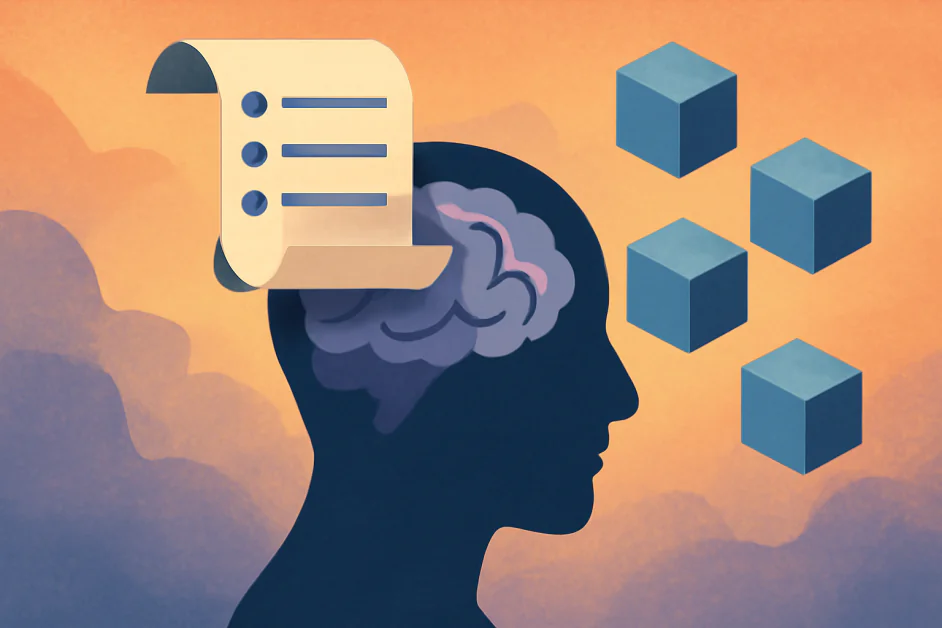






























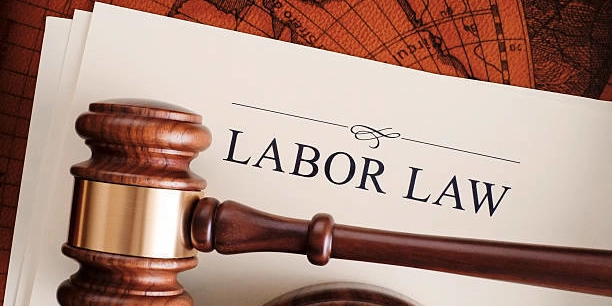













































.jpg?width=1920&height=1920&fit=bounds&quality=70&format=jpg&auto=webp#)


































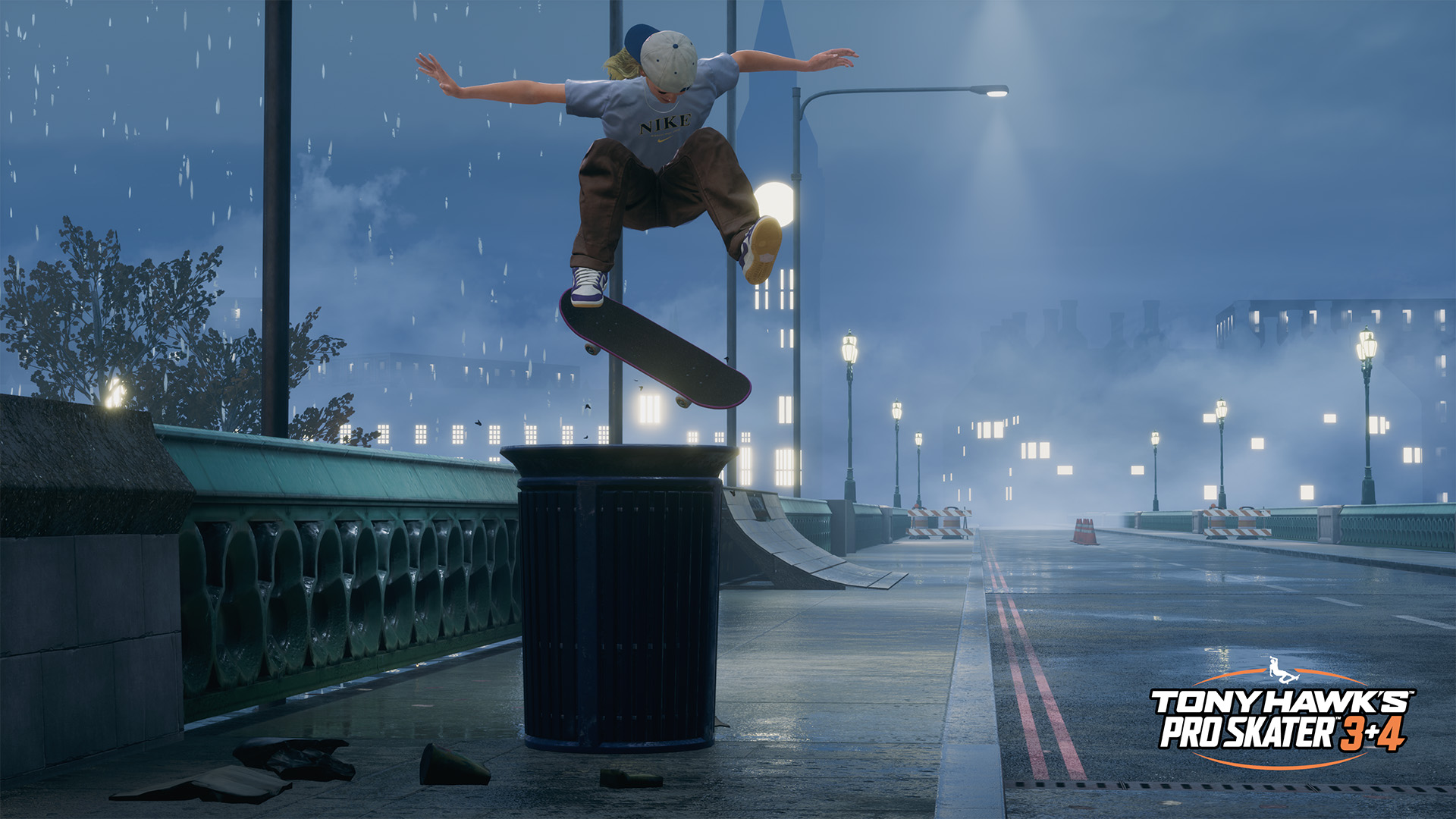


















































_designer491_Alamy.jpg?width=1280&auto=webp&quality=80&disable=upscale#)







































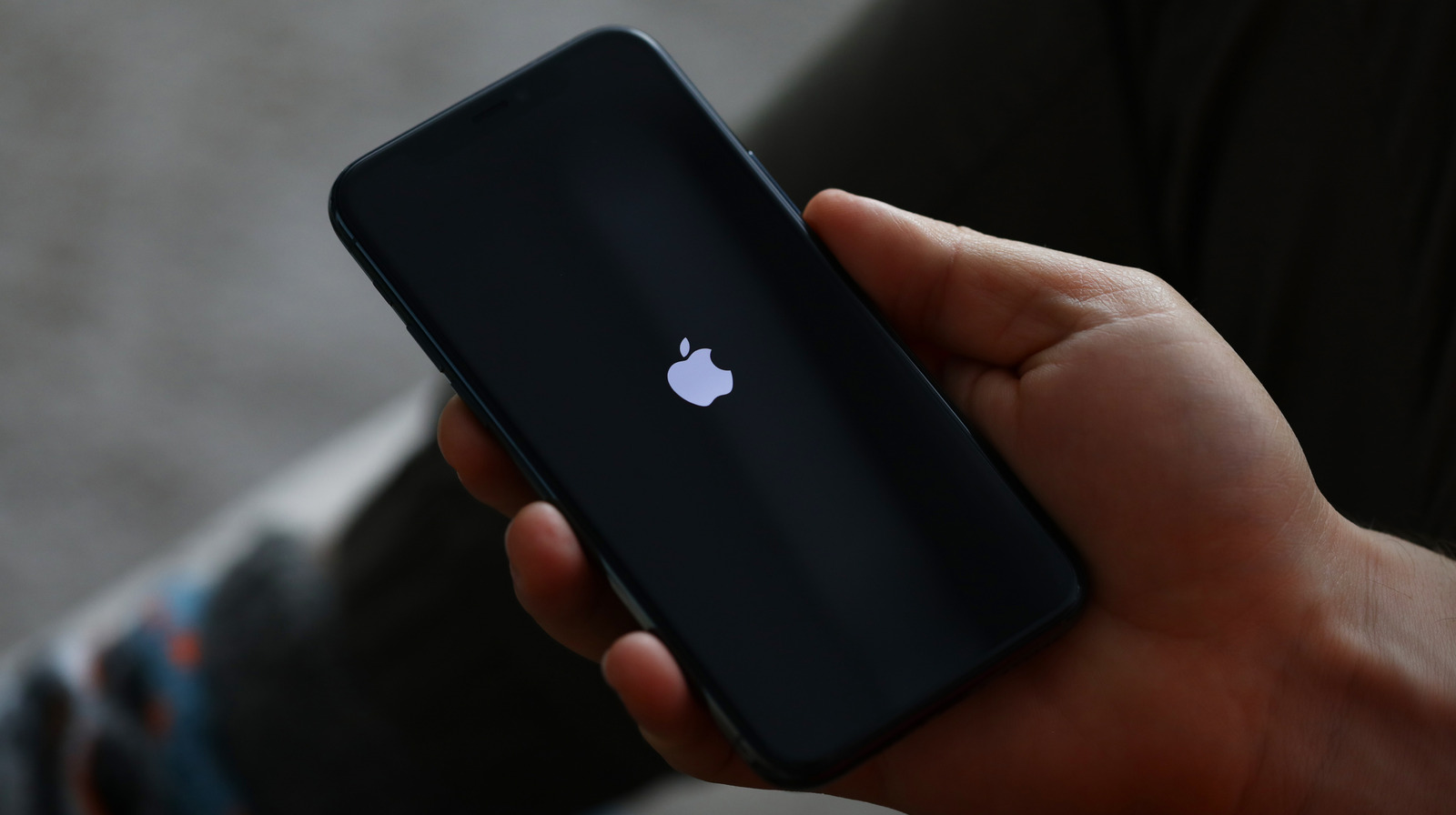

































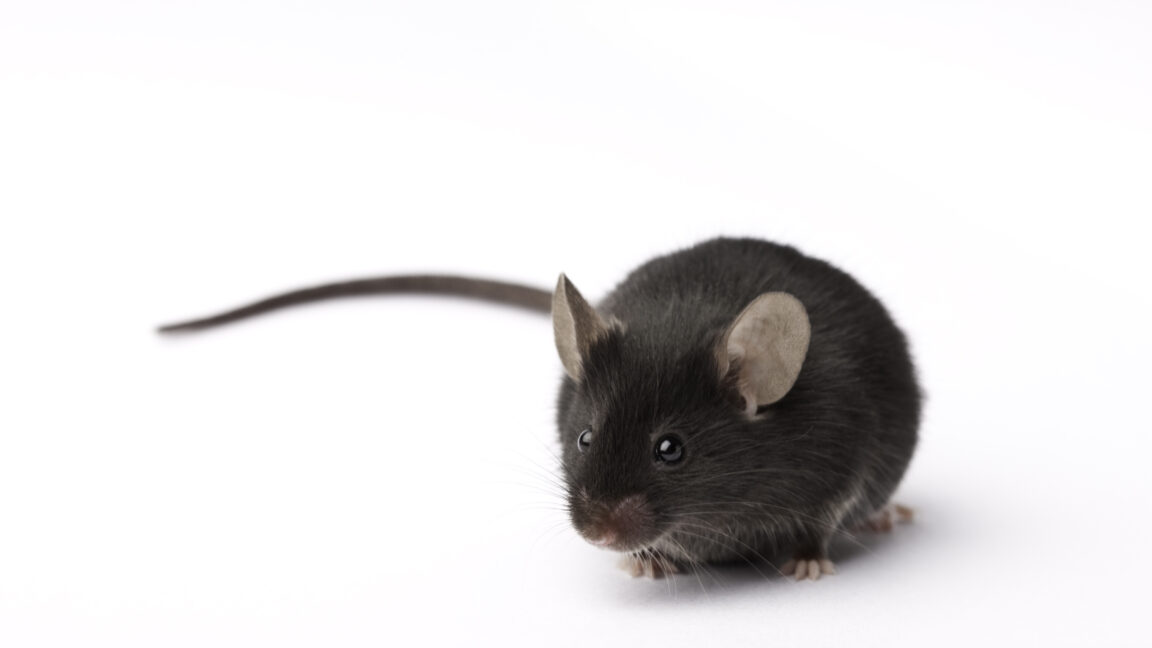

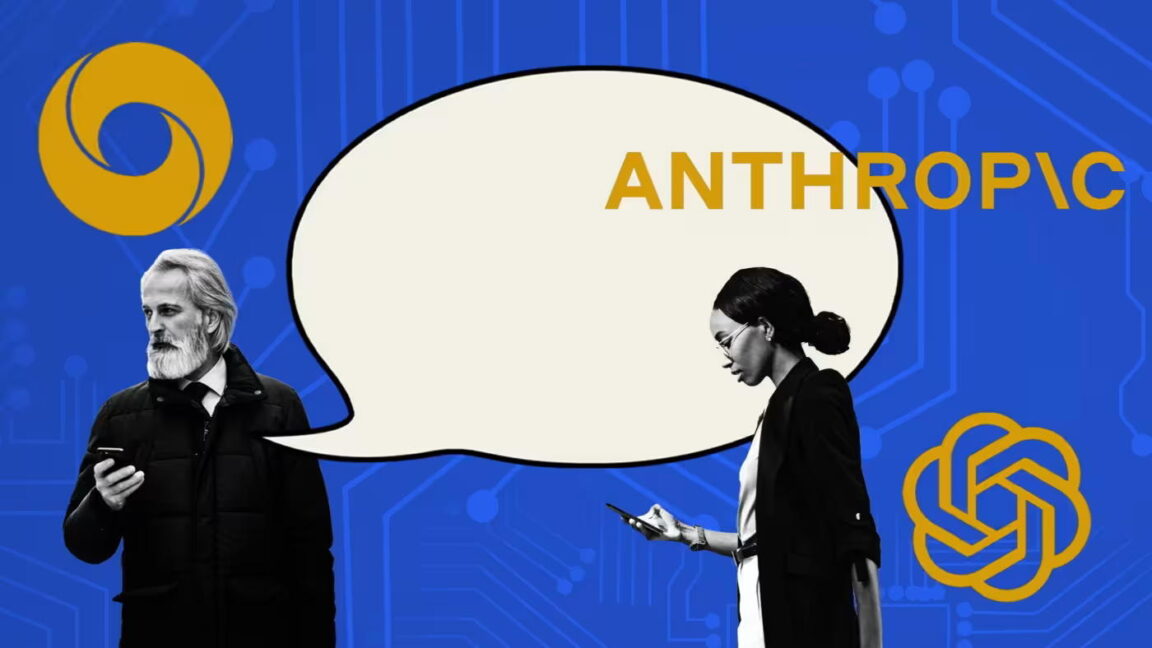
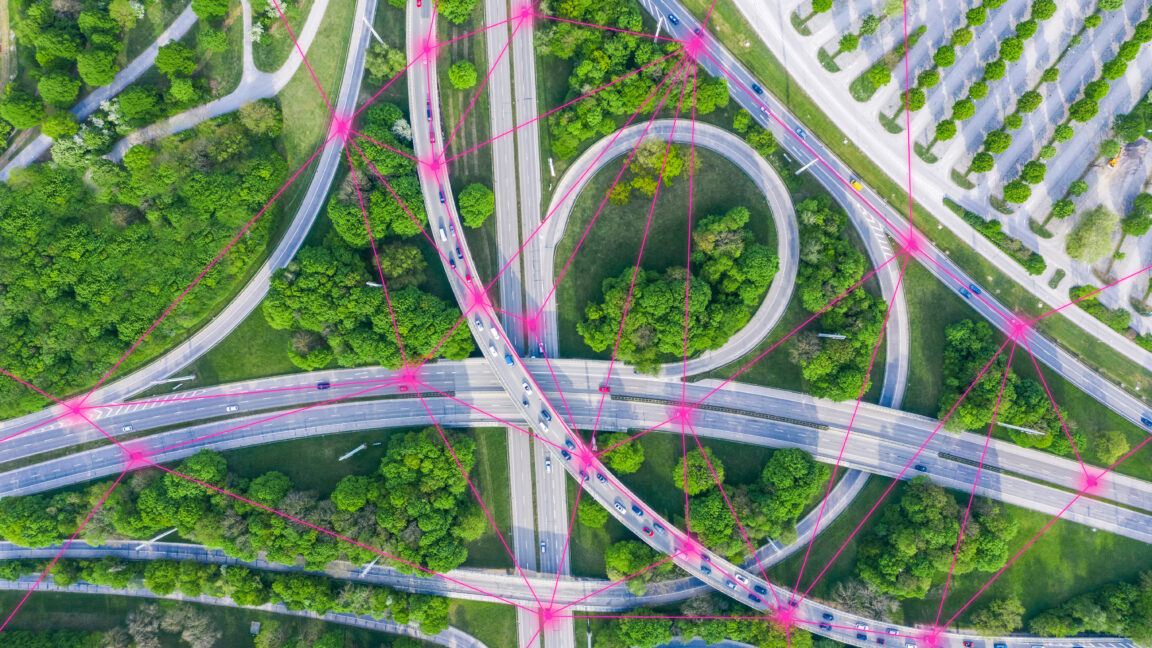



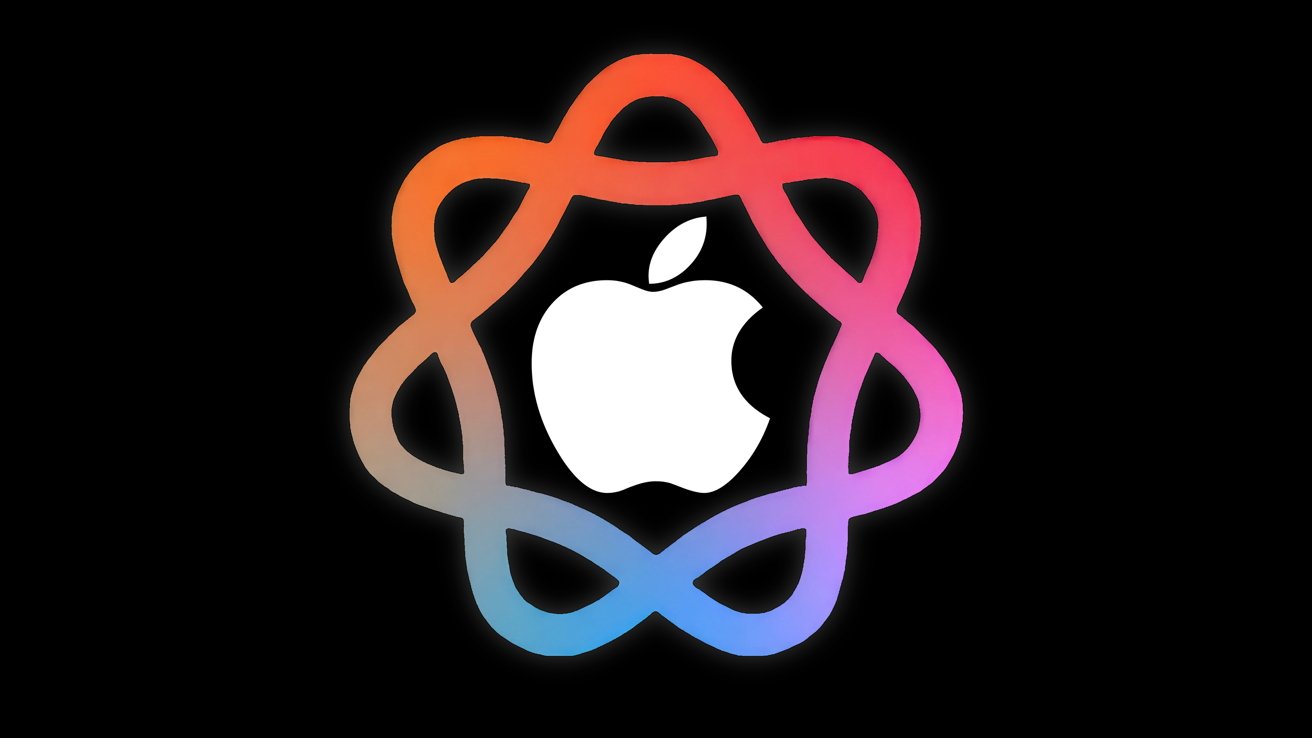


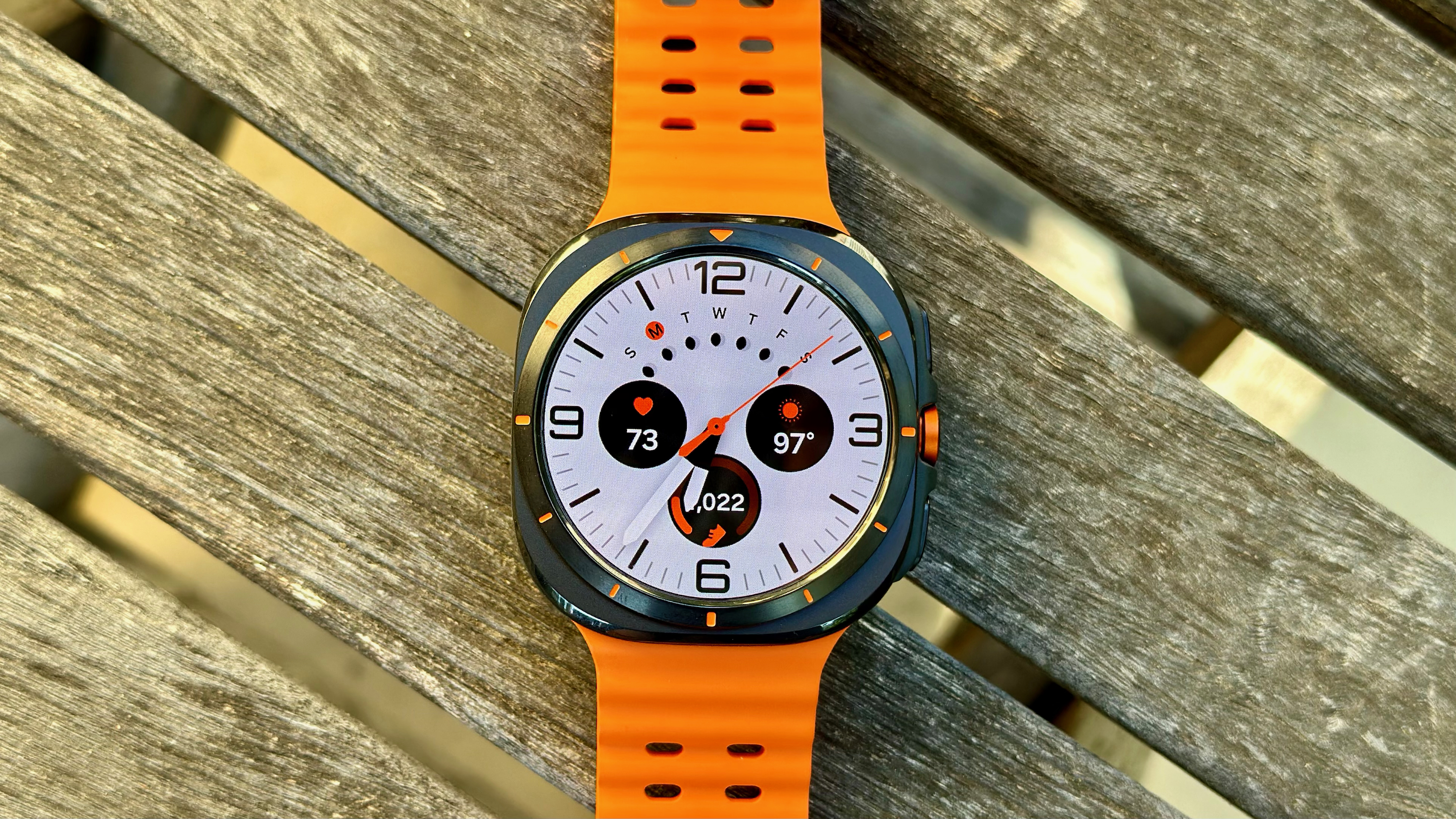
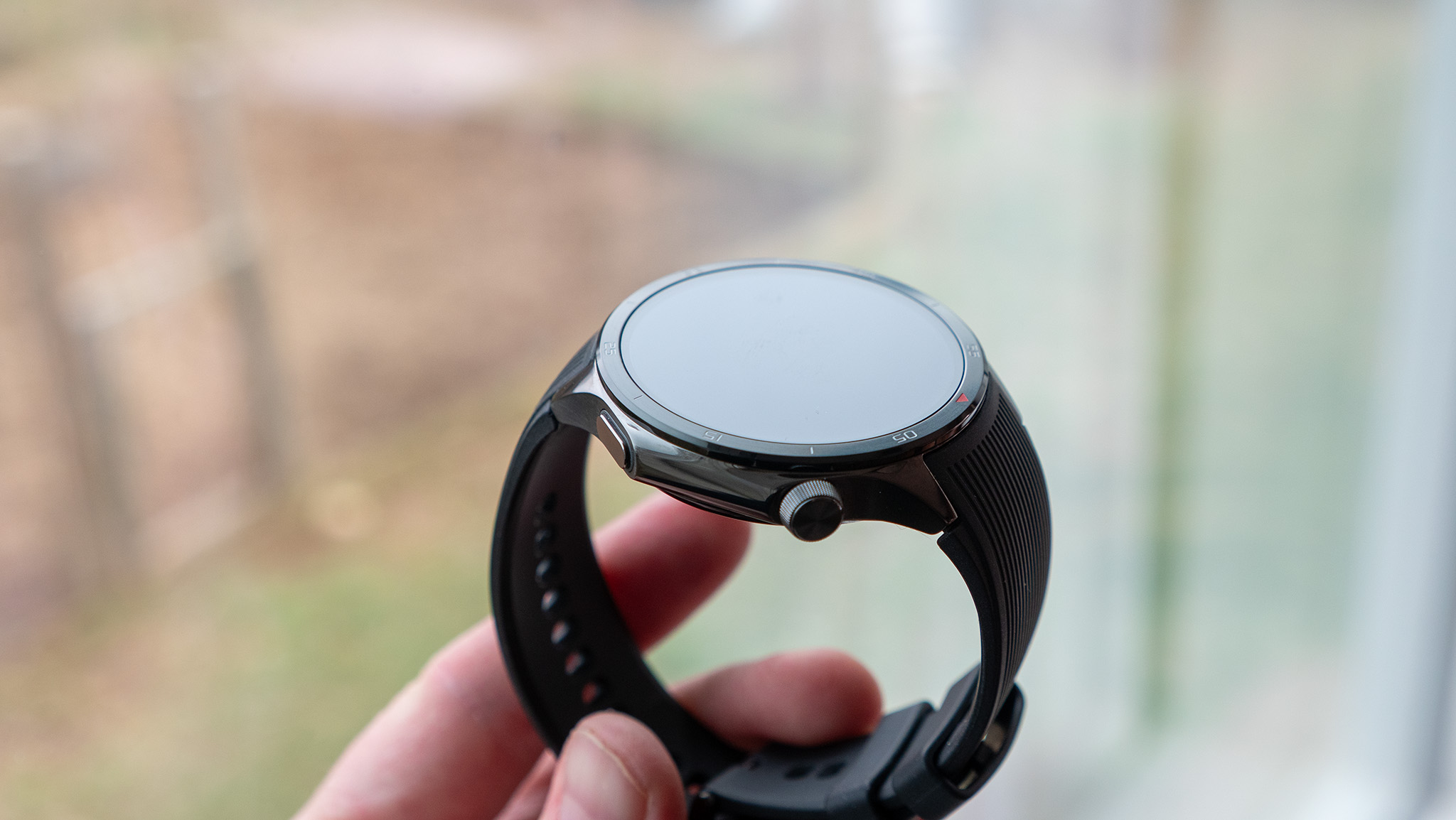
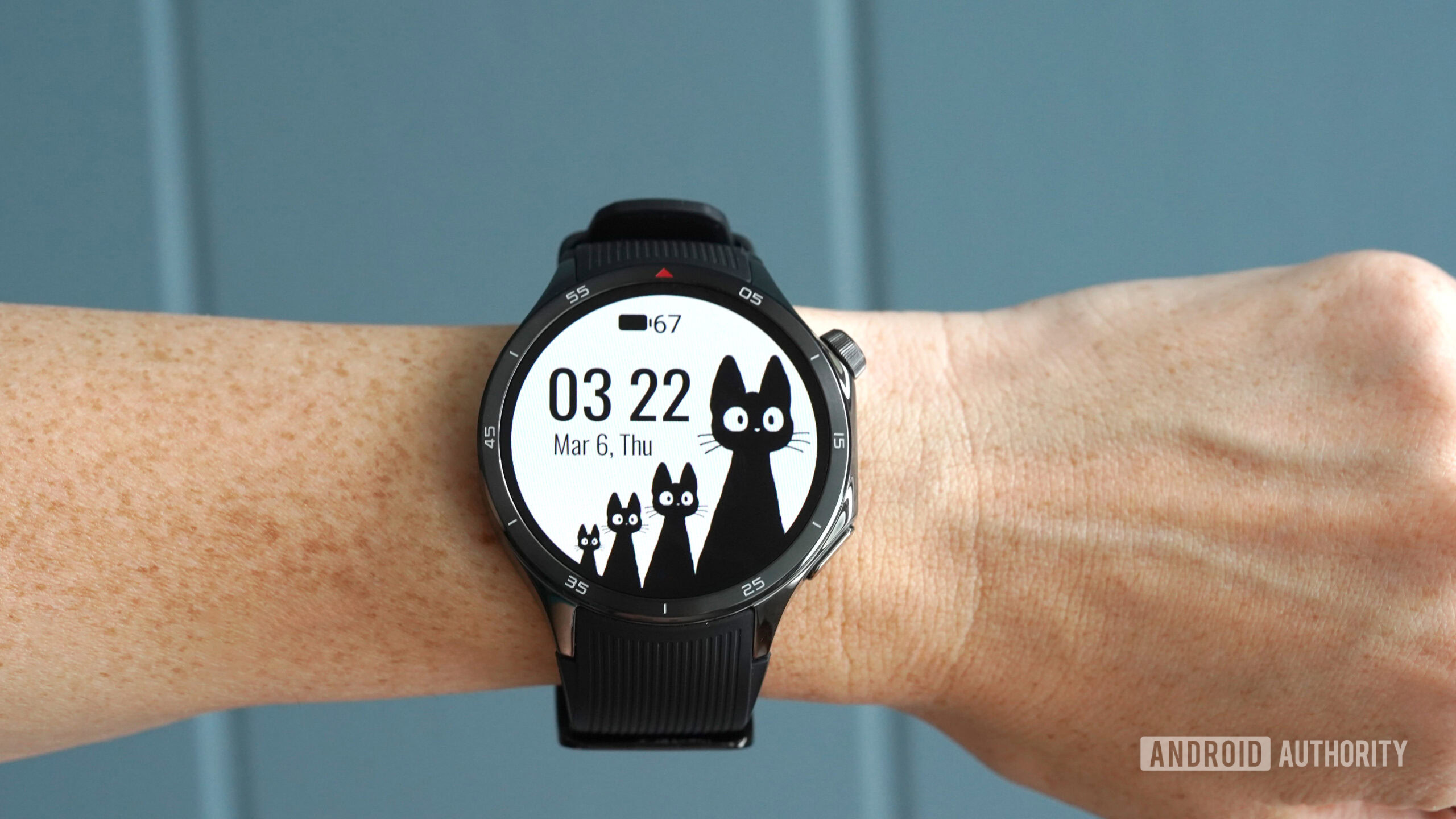
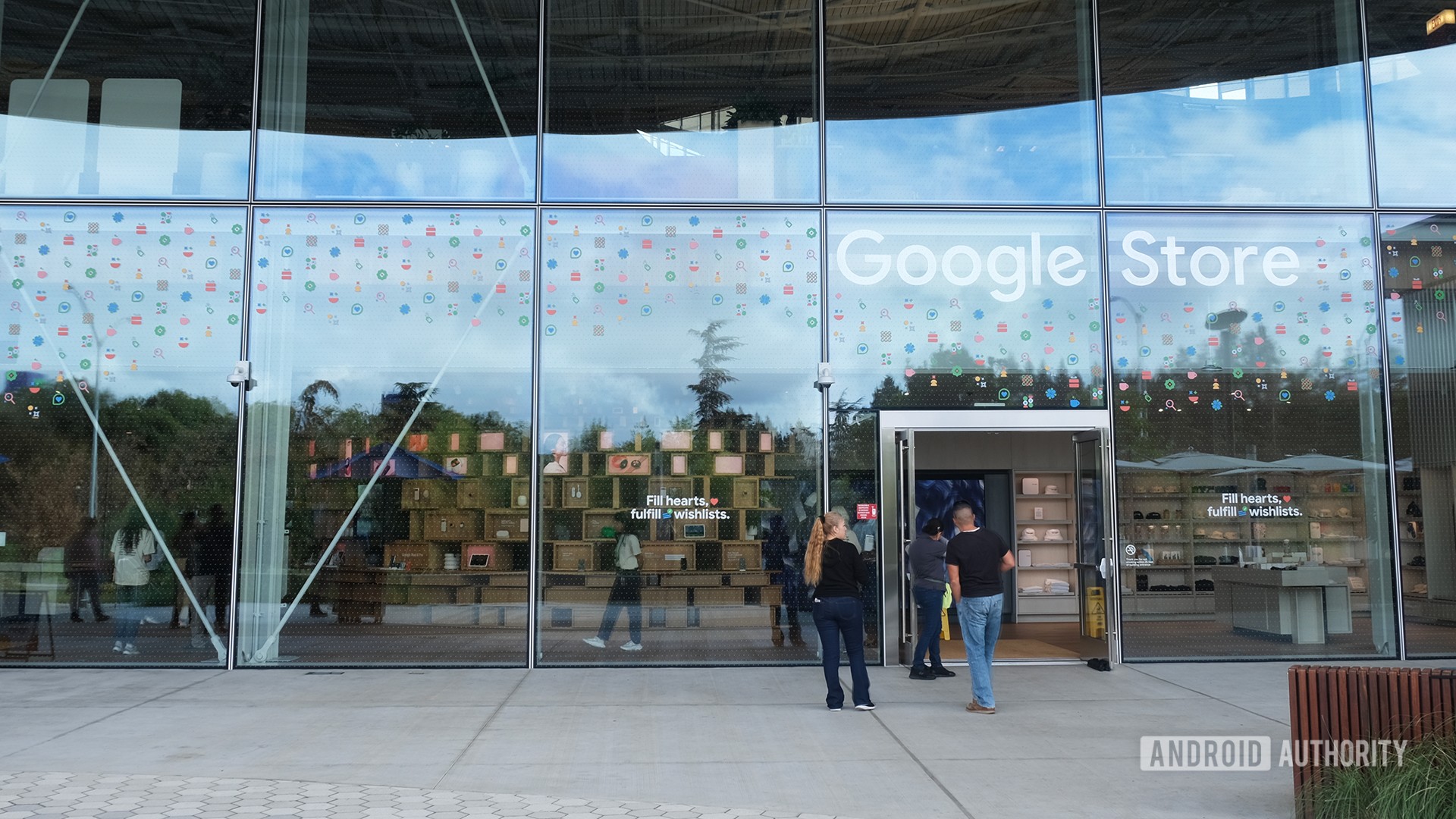
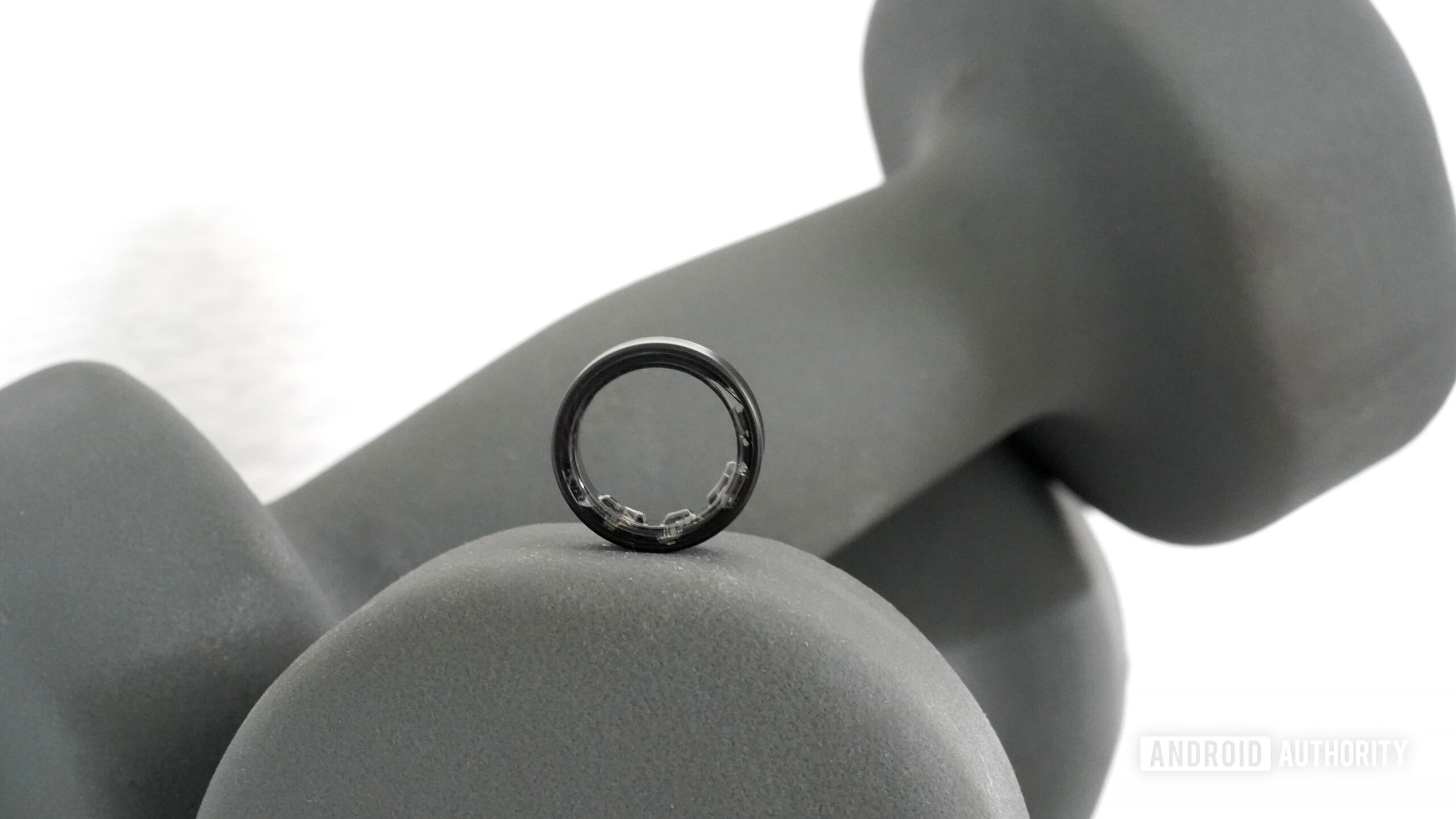
![PSA: Widespread internet outage affects Spotify, Google, Discord, Cloudflare, more [U: Fixed]](https://i0.wp.com/9to5mac.com/wp-content/uploads/sites/6/2024/07/iCloud-Private-Relay-outage-resolved.jpg?resize=1200%2C628&quality=82&strip=all&ssl=1)

















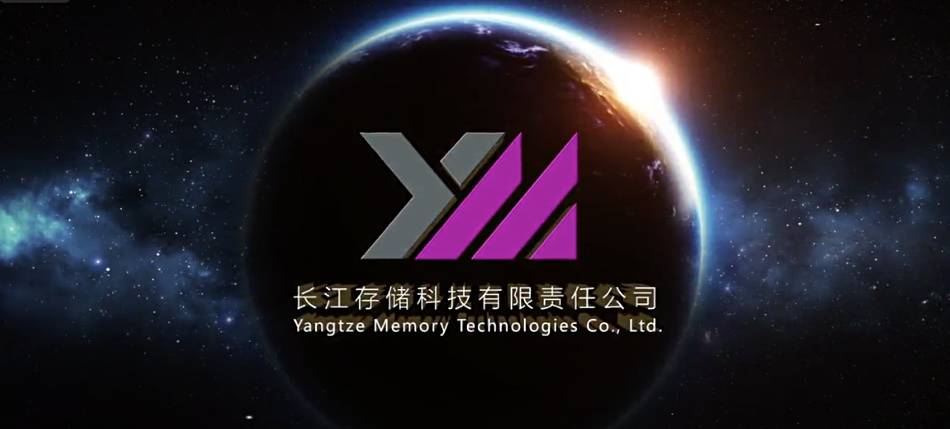



![Apple Shares Teaser Trailer for 'The Lost Bus' Starring Matthew McConaughey [Video]](https://www.iclarified.com/images/news/97582/97582/97582-640.jpg)













